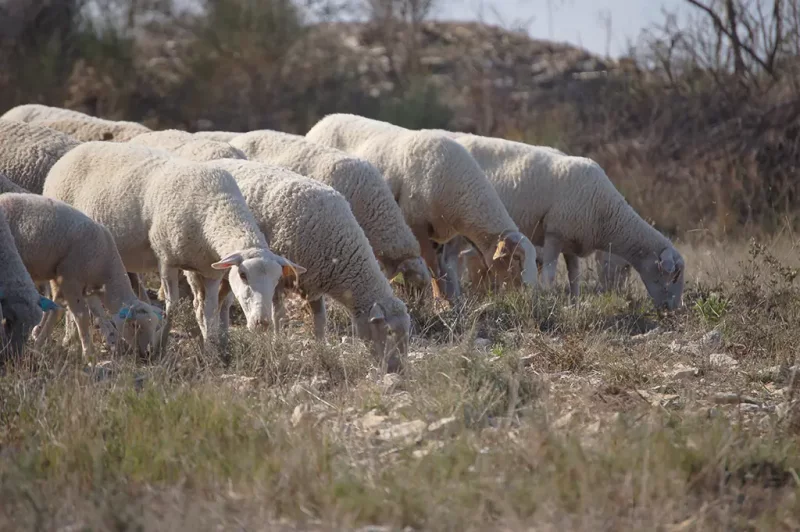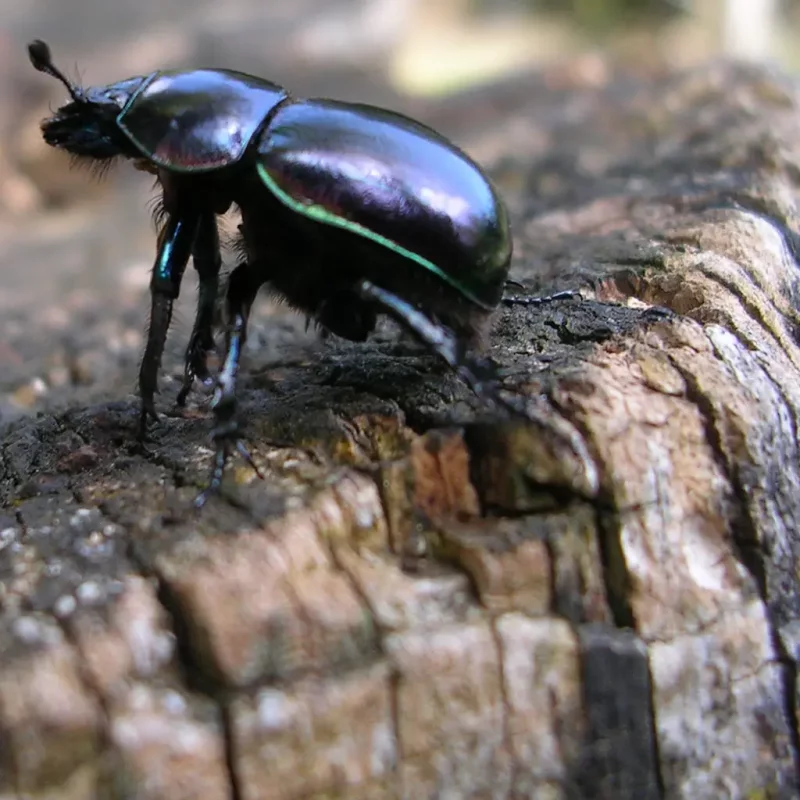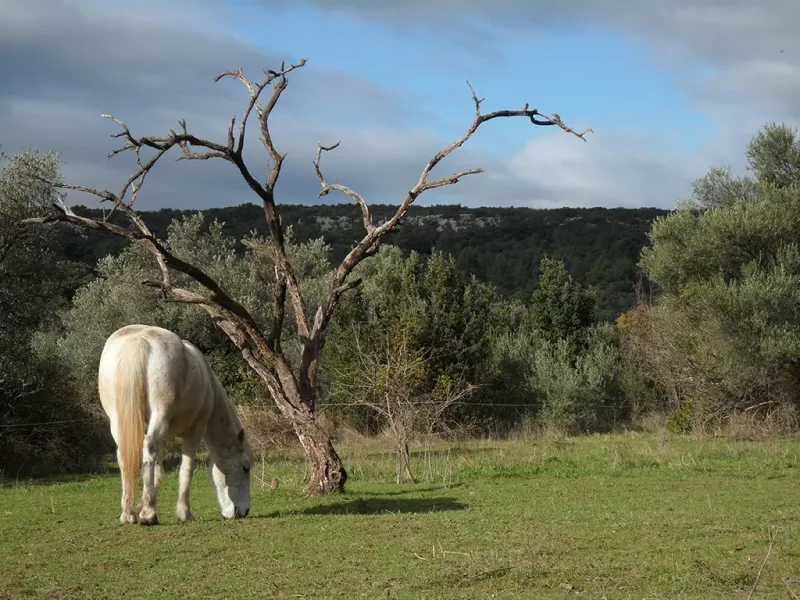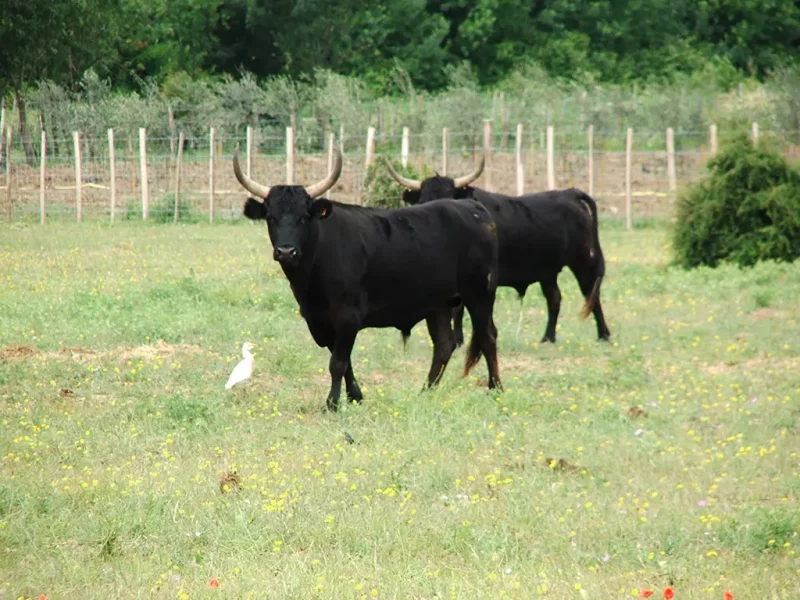Why is supporting the breeders for the ecosensible management of parasitism required?
Many projects and studies have confirmed the impact of the anti-parasite treatments on coprophagous insects: even at a low dose, some molecules traditionally used (ivermectin, doramectin, etc.) keep their insecticidal properties in cattle dung, thus inducing a risk of intoxication for coprophagous insects. The period for eliminating the impact of said molecules may last long, from 10 to 150 days, according to the route of administration (intramuscular, oral).
Furthermore, coprophagous insects are an important part of the diet of many bird or bat species that are, for some, of community importance, such as the great rhinolophe or the lesser mouse-eared bat. These species not only suffer from the disappearance of their prey, but also from the bioaccumulation of toxins.
Besides their part in the food chain, coprophagous insects are essential ecosystem players. Responsable for the decay of dung, they increase the quality of the soil and limit the survival of the parasites found in feces by either competing or transporting dust mites that feed on nematodes and fly larvae.



